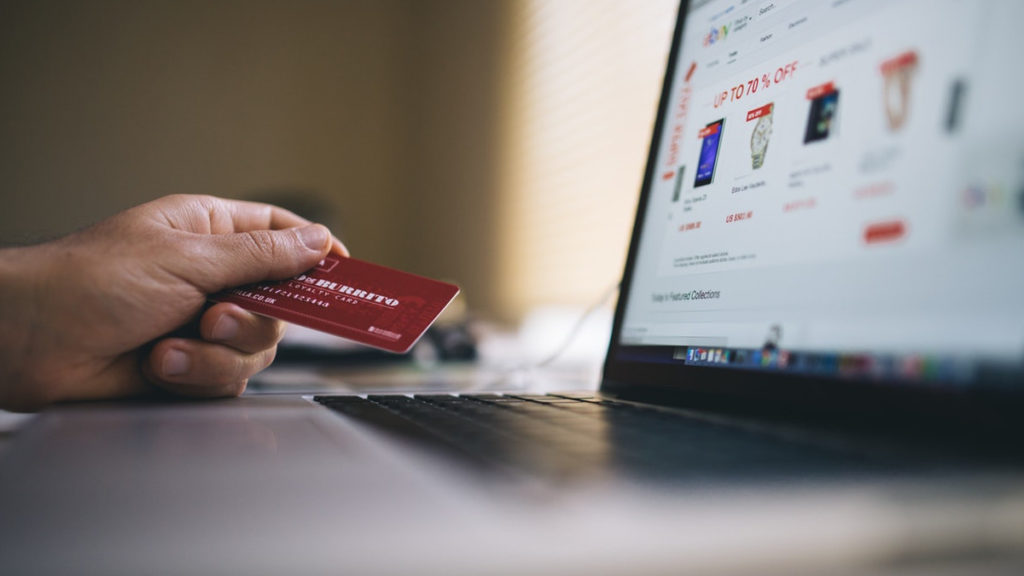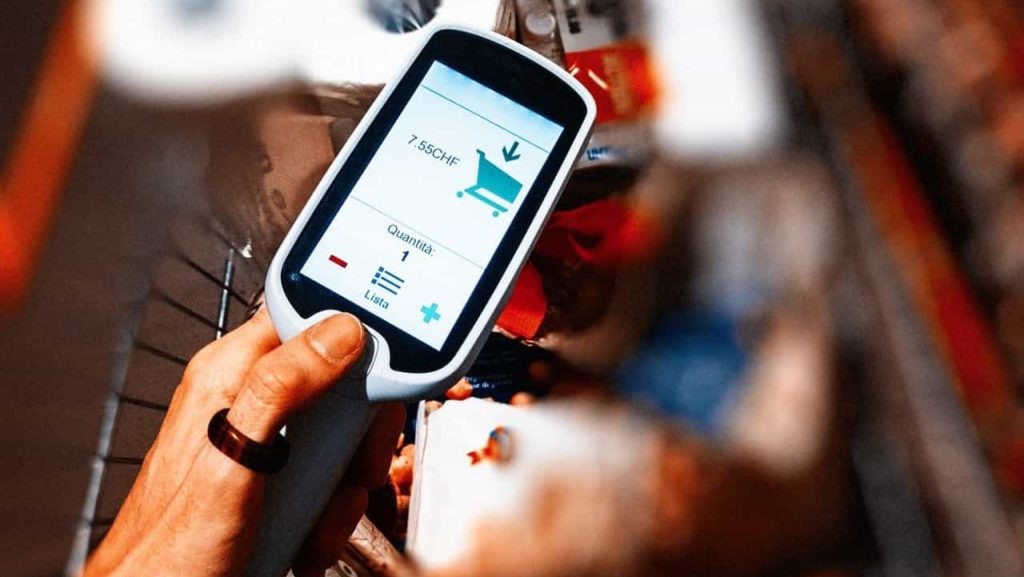Photo by Oleg Magni from Pexels
If you work in marketing or sales, conversion rates are your proof of success. A conversion rate is a part of a sales funnel that refers to the moment a potential customer becomes a paying customer.
Of course, the type of action you want a customer or client to make varies from one company to the next. Yet, converting an interested party into a buying, investing, or engaged customer is the point of success or failure for all businesses.
The most common conversion rate actions include purchasing products (eCommerce). Additionally, companies focus on having customers join mailing lists and complete online forms. Your website’s usability, design, page speed, call to actions and quality of customer service all affect your customer’s decision to convert on your site.

For example, consider Refused Car Finance, a car finance provider who specializes in bad credit car finance. They receive a majority of their applications from their website. For Refused Car Finance, the main goal is to increase the number of people who apply for car finance through their online application form. This is the measure for their conversion rate. Further, everything on their website focuses on getting the potential customer to provide their information. In this way, Refused Car Finance gets customers to engage with the process for securing financing.
The conversion of potential customers is the Refused Car Finance website’s primary mission, and it should be yours, too. Consider these methods to increase your conversion rate and subsequent sales, subscriptions, and contacts.
Analyze Your Current Conversion Rate
First things first, you must know what your current conversion rate is in order to increase it. Choose your target pages on which you hope to see a potential customer become a customer. Determine where users entering and exiting your site to get a sense of what is working and what isn’t.
For instance, a tool like Google Analytics is incredibly helpful in evaluating the conversion rate of different pages. Using Google Analytics, you can set goals you want each page to reach. Additional tools such as Crazy Egg or Hotjar allow you to see a snapshot of different user journeys on your website. These give you a visual representation of user clicks, taps and scrolling behavior. Tools like this can help you interpret your user’s experience and decisions to (or not to) convert.
Online Form Best Practice: Brevity
If your conversion rate goal relies on increasing the number of applications or online form responses you receive then closely consider the form’s structure. Forms often become a challenge for users due to timeouts and fieldsets. As a company, it’s important you get all the information you require in order to follow up, but a long form may prevent users from following through. Speed up the application or sign up process by limiting the number of fields you MUST have to engage with a potential customer. Review your form and get rid of any unnecessary fields, enable autofill and opt for checkboxes where possible. This creates a more seamless experience for users who are more likely to convert.
You may want to review your competitors’ forms as well. When you offer similar products and services, a conversion success may depend solely on the most succinct online form!
Use testimonials and reviews
Testimonials are a great way to build trust in your brand. According to BigCommerce, 72% of people trust a product or service when others have already provided positive reviews. Therefore, conversion rate increases are helped by having testimonials on your site. Testimonials and reviews reduce the risk for the user and encourage users to convert. If you’re selling a specific product, place your reviews on the same page as the product. If a user is unsure, the positive review provides a little added peace of mind.
Utilize White Space
It can be very tempting to fill your homepage with all your products and services. However, from a user’s point of view, being bombarded by sales as soon as they click on your site can be overwhelming. Instead, utilize white space to your advantage. White space (aka negative space) is the empty space on a webpage that highlights a specific element. You should make use of white space to draw users’ attention and guide them through a specific experience with your brand. This will result in a higher conversion rate. A beautiful, accessible design helps the success of your website conversions by increasing readability, improving focus and enhancing the user experience.
RELATED CONTENT: SIX WEB DESIGN ELEMENTS THAT WILL IMPROVE YOUR CONVERSION RATES
CTAs and Conversion Rates
When a potential customer visits your website, you must meet them with a succinct and highlighted call to action. If your CTA is not in an optimum position or your wording isn’t strong enough, you may be missing out on potential conversions. Experiment with the placement of CTA buttons, colors and language. Calls to action should be specific and personal. As a result, consider using first-person to encourage conversions, such as ‘I want to apply for car finance’. For the user, this reduces the feeling of being talked AT, rather than being spoken TO.
Guarantees for Purchase Confidence
If you’re selling a product, a money-back guarantee may be a great way to increase your conversion rate. Many retailers offer a 100% money-back guarantee if you are not completely satisfied with their product. This kind of guarantee communicates to the user that you and your employees are so confident in your product that you will support them if they are less so. Some companies are even offering double money-back guarantees to encourage conversions. Users like to know that they may get their investment returned to them if they are not satisfied. This method reduces the risk of being taken advantage of and is an easy way to build trust in your brand.
Conversion Rates and Website Speed
There is no real guideline on how fast your website should be. So, as a general rule, the faster, the better. In competitive markets where conversion rates can run low, it can be difficult to keep users on your site. Having a slow website can dramatically reduce the quality of user experience and prohibit conversions.
Chat Enabled Customer Service
A chat-enabled customer service option is a great way to improve your conversions. For Refused Car Finance, online chat is used to answer potential customer’s questions before they complete an application. Even though their website uses keyword distribution to offer customers information about bad credit, users still ask, ‘Can I get car finance with bad credit?’ Having a chat-enabled customer service allows their company to provide answers in real-time, giving that little extra push users need to become a customer.


